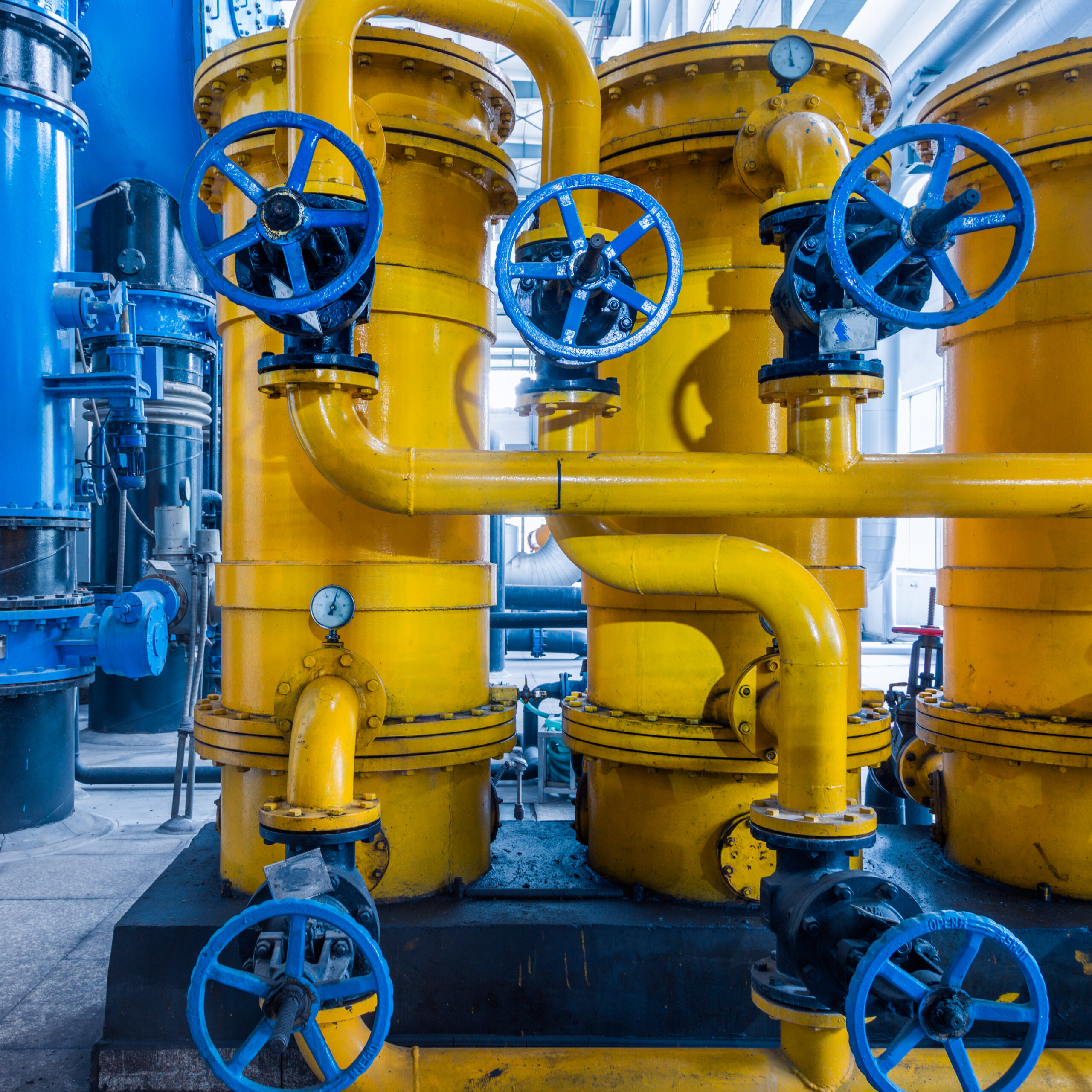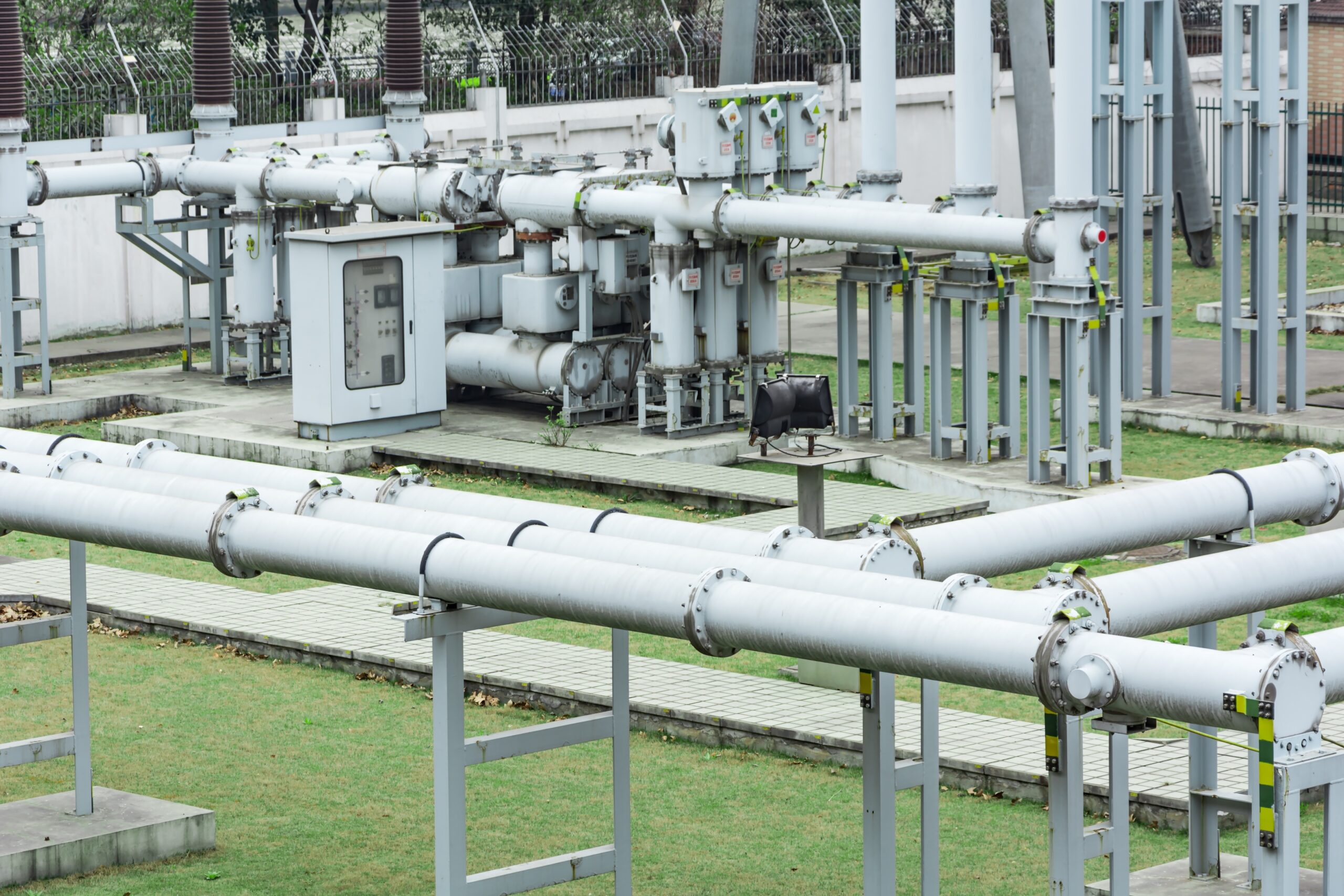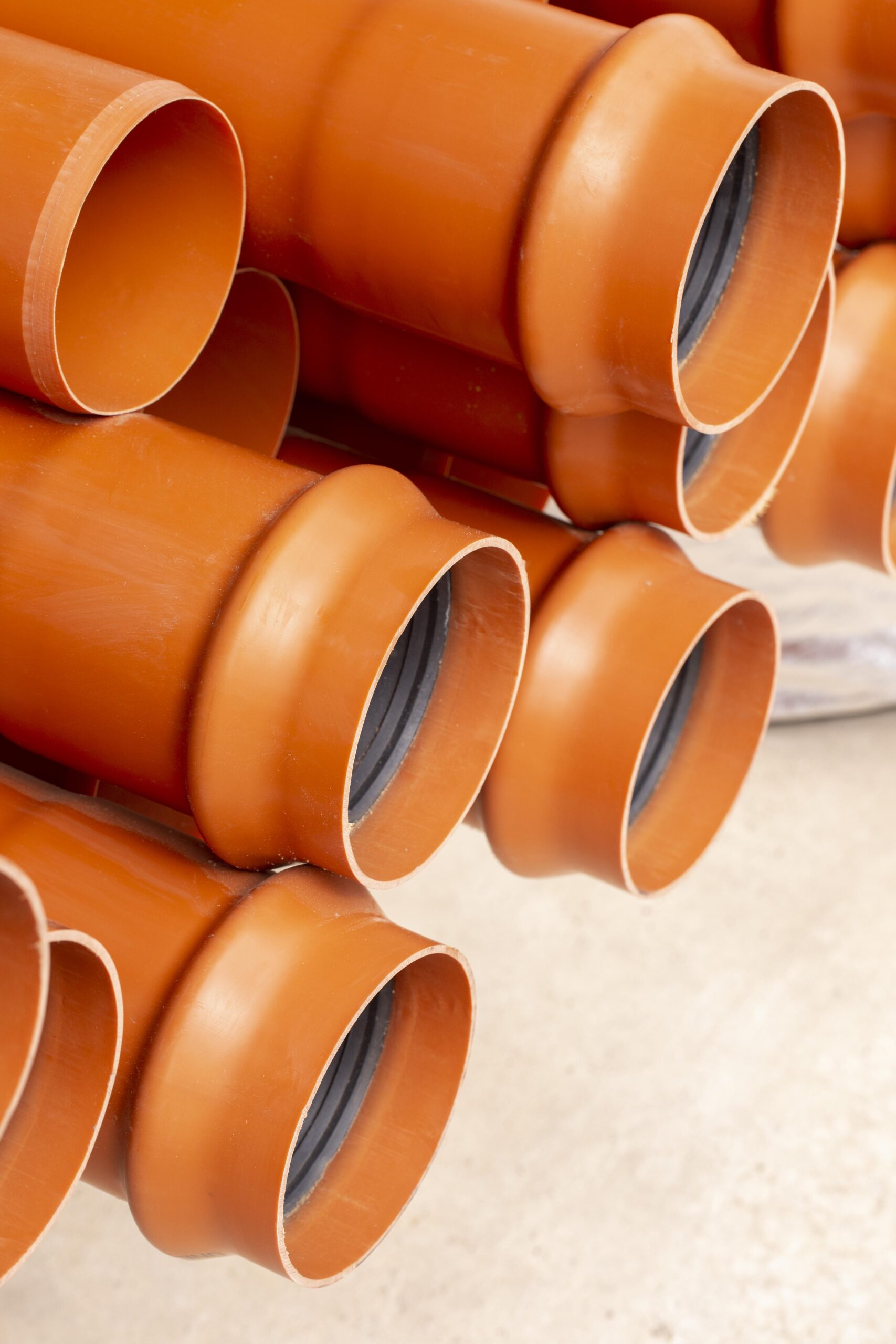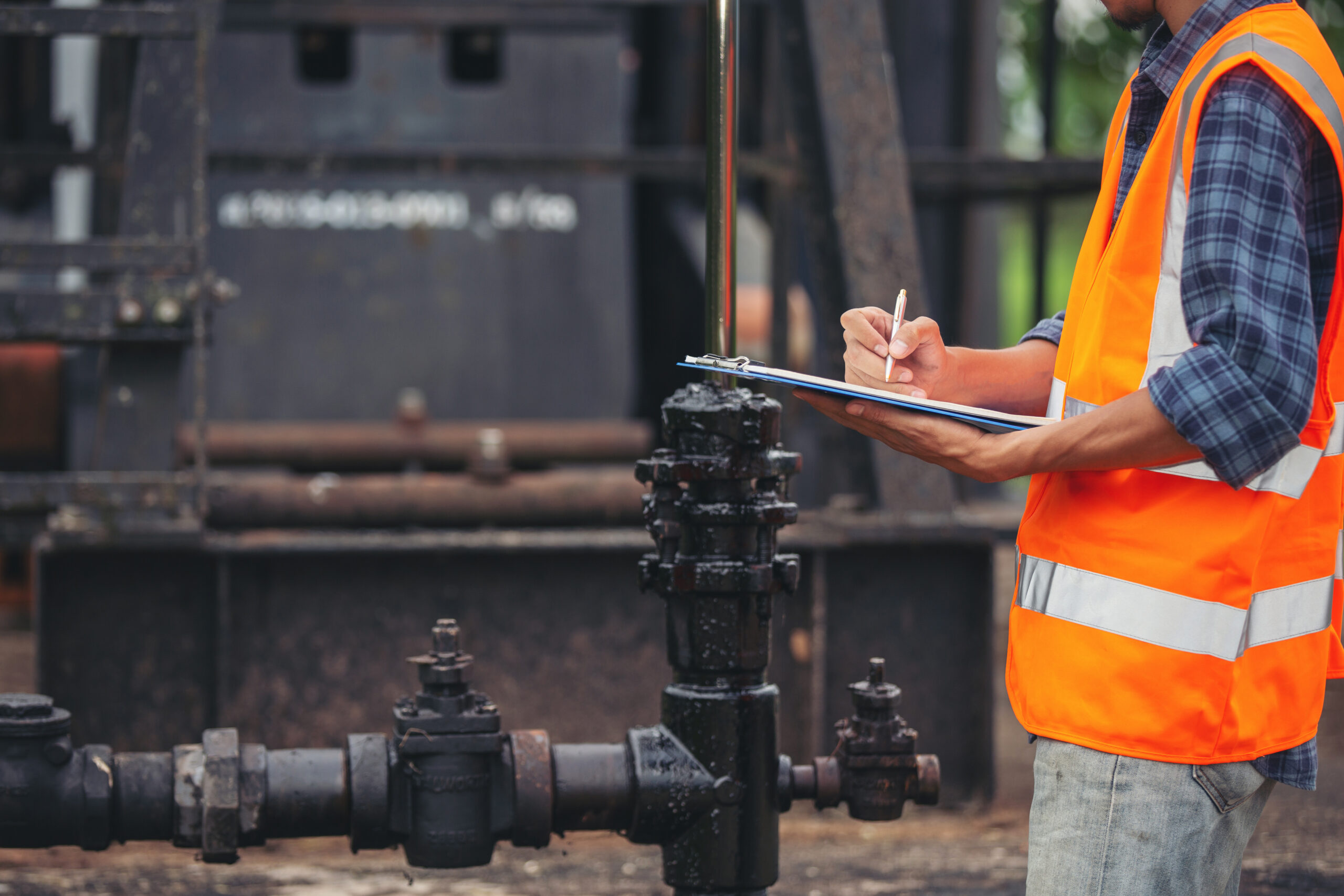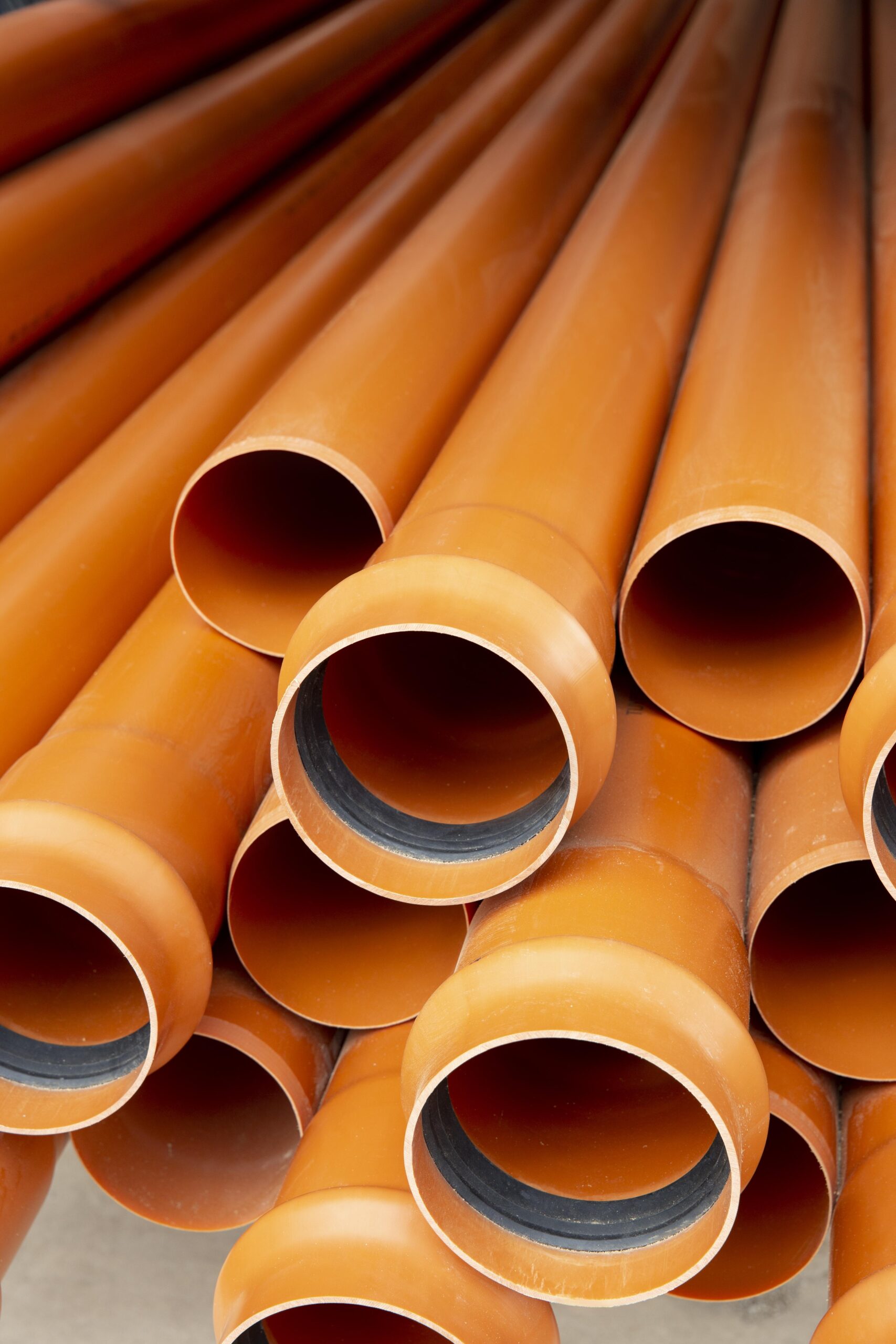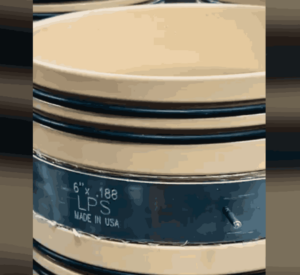
benefits-of-using-lps-ccb-sleeves-for-your-pipeline-project
The Hidden Threat to Your Hydraulic System
Hydraulic systems are the backbone of many industrial operations, from heavy machinery to automotive transmissions. While these systems are designed for efficiency and power, they are not immune to issues—one of the most subtle yet dangerous of which is low line pressure accumulation. This hidden threat can gradually damage your system, leading to costly repairs and unexpected downtime. Let’s dive into what it means, its causes, and how you can prevent it.
What is Low Line Pressure Accumulation?
Low line pressure accumulation occurs when the pressure within a hydraulic system builds up, but at a level much lower than intended. In a properly functioning hydraulic system, pressure is crucial for transferring energy and powering different components. When the pressure doesn’t reach its optimal levels, it can affect the performance of equipment, reduce efficiency, and even cause long-term damage.
Imagine trying to lift a heavy object without using your full strength. That’s similar to what happens in a hydraulic system with low line pressure—the system is working but not at its full capacity. This can cause sluggish movements, decreased power output, and erratic behavior in machinery.
Common Causes of Low Line Pressure Accumulation
Worn-Out Pressure Regulators:
Pressure regulators control the flow of hydraulic fluid and maintain the desired pressure levels. Over time, they can wear out or become clogged, causing inconsistencies in pressure. A malfunctioning regulator might fail to maintain adequate pressure, leading to a gradual buildup at a lower level.
Hydraulic Fluid Leaks:
Leaks in the hydraulic lines can cause a drop in pressure throughout the system. While small leaks might not be immediately noticeable, they can accumulate over time, reducing the pressure to critical components and causing performance issues.
Damaged or Worn-Out Components:
Pistons, valves, and seals are key components of a hydraulic system. When these parts become worn or damaged, they may not seal properly, allowing pressure to escape. This can lead to a gradual decrease in overall system pressure, causing low line pressure accumulation over time.
How to Prevent Low Line Pressure Accumulation
Regular Maintenance Checks:
Scheduling regular maintenance checks is the best way to catch low pressure issues before they become major problems
Monitor Pressure Levels:
Install pressure gauges at key points in your hydraulic system to monitor pressure levels. This allows you to spot any inconsistencies in real-time and take corrective action quickly.
Replace Filters Regularly:
Keeping your hydraulic fluid clean is crucial for maintaining proper pressure. Change filters according to the manufacturer’s recommendations to ensure optimal fluid flow and prevent blockages.
Conclusion
Low line pressure accumulation may be a hidden threat to your hydraulic system, but with proper monitoring and maintenance, it’s a problem that can be managed. By understanding its causes and taking proactive steps, you can keep your hydraulic system running smoothly and avoid costly repairs or downtime. Remember, a well-maintained system is powerful and efficient, safeguarding you against the hidden threat to your hydraulic system.

